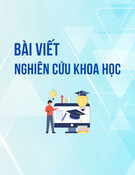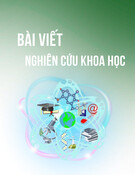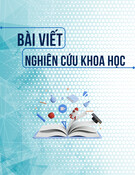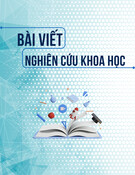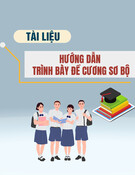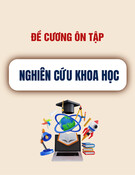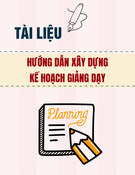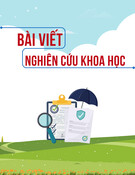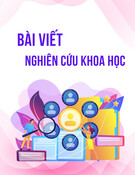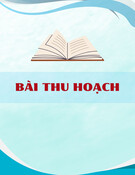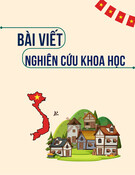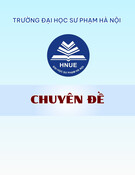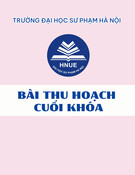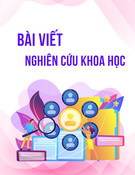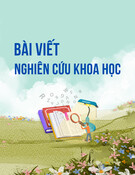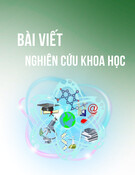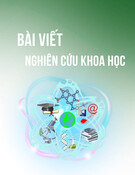
T
ẠP CHÍ KHOA HỌC
TRƯ
ỜNG ĐẠI HỌC SƯ PHẠM TP HỒ CHÍ MINH
Tập 21, Số 9 (2024): 1692-1701
HO CHI MINH CITY UNIVERSITY OF EDUCATION
JOURNAL OF SCIENCE
Vol. 21, No. 9 (2024): 1692-1701
ISSN:
2734-9918
Websit
e: https://journal.hcmue.edu.vn https://doi.org/10.54607/hcmue.js.21.9.4061(2024)
1692
Research Article1
TEACHERS' PERSPECTIVE ON INTEGRATING CAREER ORIENTATION
INTO NATURAL SCIENCE EDUCATION IN HIGH SCHOOL: INSIGHTS
FROM THE 2018 GENERAL EDUCATION CURRICULUM
Le Hai My Ngan1, Nguyen Thi Kim Anh2, Vu Nhu Thu Huong1,
Thai Hoai Minh1, Nguyen Thi Thanh Tam1, Nguyen Thi Thu Trang1*
1Ho Chi Minh City University of Education, Vietnam
2National Taiwan University of Science and Technology, Taiwan
*Corresponding author: Nguyen Thi Thu Trang – Email: thutrang@hcmue.edu.vn
Received: December 15, 2023; Revised: January 10, 2024; Accepted: January 16, 2024
ABSTRACT
The 2018 general education curriculum has affirmed that career orientation is essential to
upper secondary education. Science subjects (physics, chemistry, and biology) are parts of STEM
education, playing a vital role in equipping students with knowledge and skills for the career fields
of science, engineering, and technology. The research investigated the current teaching status and
natural science teachers' views on integrating career orientation into teaching according to the 2018
general education curriculum. The results show that almost all teachers of science subjects realise
that integrating career orientation in teaching is necessary for high school. However, many teachers
still think it is the integration of content or knowledge. In addition, although teachers have much
access to STEM education, they still need to clearly show their thoughts about integrating career
orientation in STEM education in science subjects. The study also reveals that teachers need to use
more role-based activities in which students should experience the role of employees. The role-based
approach should be emphasised more in integrating career orientation in teaching science and STEM
educational activities to achieve career-oriented competence for students.
Keywords: career orientation; science education; STEM education; teacher perception; upper
secondary education
1. Introduction
According to the 2018 General Education Curriculum, career orientation consists of
all school activities coordinating with families and communities to equip students with
knowledge and career-oriented competence. It is implemented in all subjects and educational
activities and is especially emphasised in Grades 10 to 12 (Ministry of Education and
Cite this article as: Le Hai My Ngan, Nguyen Thi Kim Anh, Vu Nhu Thu Huong, Thai Hoai Minh, Nguyen Thi
Thanh Tam, & Nguyen Thi Thu Trang (2024). Teachers' perspective on integrating career orientation into
natural science education in high school: Insights from the 2018 General Education Curriculum. Ho Chi Minh
City University of Education Journal of Science, 21(9), 1692-1701.





